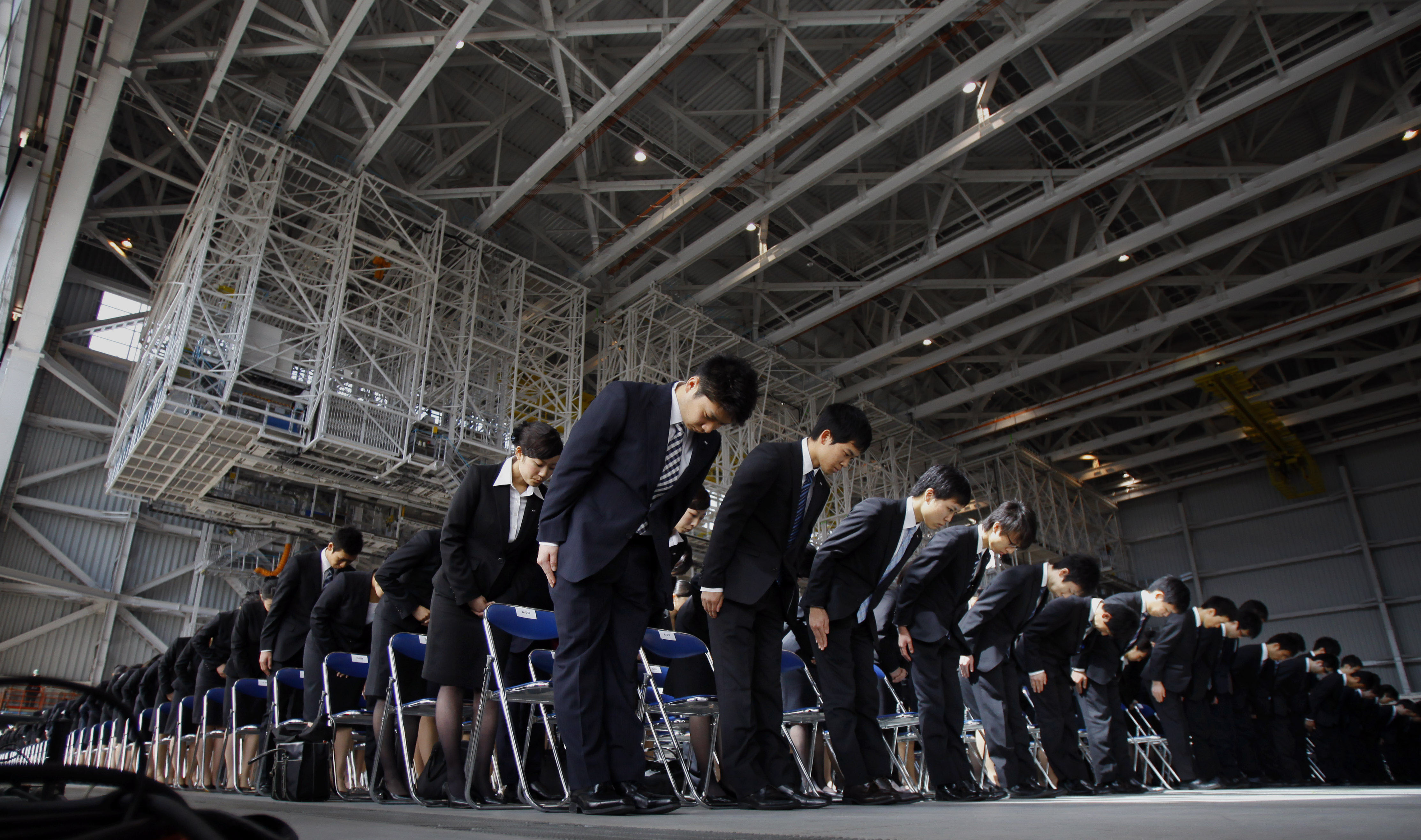In 2012, Japan had 51.73 million workers, of which 33.3 million were regular employees, or seishain, according to the latest survey by the Ministry of Internal Affairs and Communications. Contingent, or nonpermanent, workers (including part-timers, haken dispatch and shokutaku semiregular employees) numbered 18.43 million, over 35.5 percent of the workforce.
When I first began studying labor law in graduate school over a decade ago, contingent workers (hiseiki rōdōsha) were a peripheral phenomenon, but today they form a central pillar of Japan's workforce.
So what's wrong with being a contingent worker?

















With your current subscription plan you can comment on stories. However, before writing your first comment, please create a display name in the Profile section of your subscriber account page.